The Power of X
Protect your home or business with trusted roofing pros who specialize in storm damage restoration and insurance-approved replacements. RAFTRx Roofing + Exteriors provides full-service residential and commercial roofing.
Free 20-point roof inspection: We leave no detail overlooked & check all critical roofing components.
Insurance expertise: We document storm damage and help you navigate claims from start to finish.
Local crews. National standards: Regional teams backed by centralized QA, training, and warranties.
Full lifecycle service: Inspection → Repair → Replacement → Warranty & Maintenance.
Speed after storms: Emergency tarping and priority scheduling following hail and wind events.
Keep your home safe, dry, and energy‑efficient with expert roof repair and replacement.
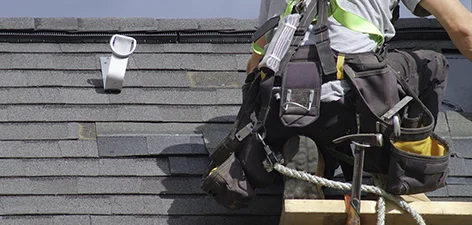
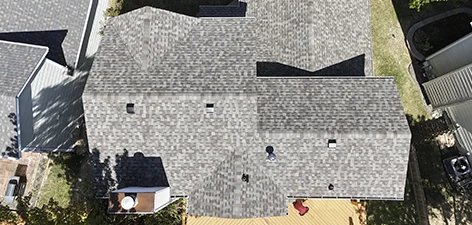
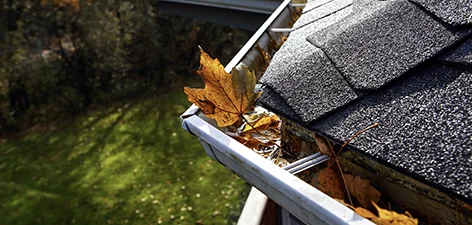
Minimize downtime and protect your investment with high‑performance low‑slope systems.
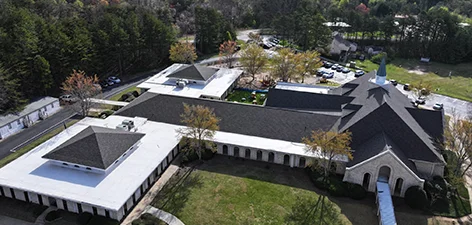
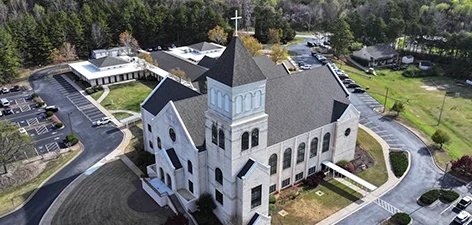
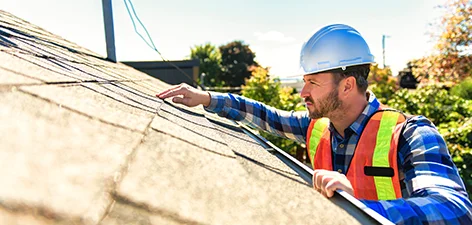
Hail, wind, and fallen debris can damage a roof in minutes. We specialize in documenting damage and restoring your roof quickly—often with insurance covering most costs.
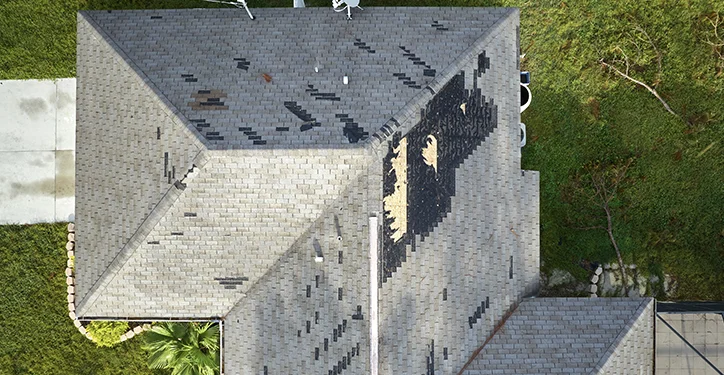
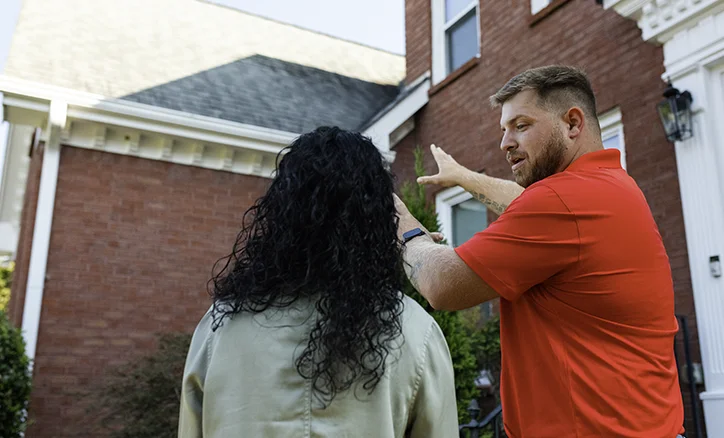
A complete inspection is critical. That’s why our comprehensive 20-point roof inspection leaves no detail overlooked. We check every critical component to ensure your roof is performing at its best and identify any damage that could lead to costly repairs down the road.
We help you choose the best system for your property, climate, and budget.
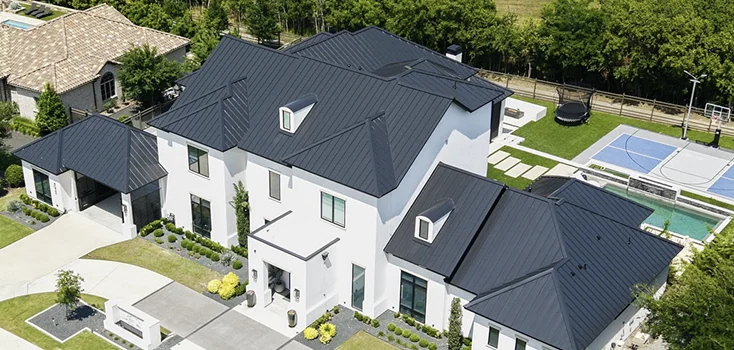
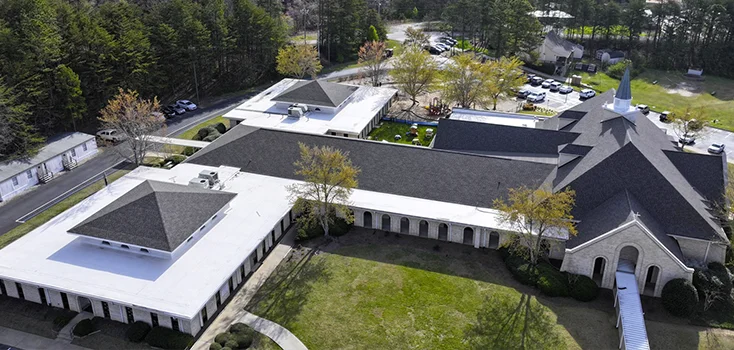
The RAFTRx team helps make the insurance claims process simple and stress‑free.

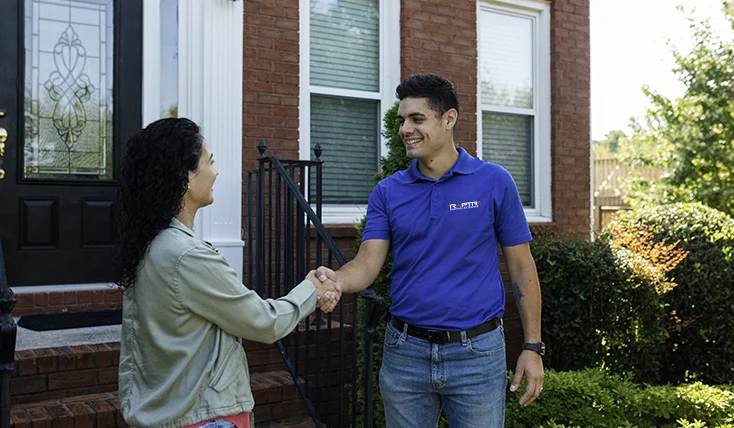
Ready to take the next step? Here’s how the RAFTRx team will help you secure your roof and achieve peace of mind.
Most small leaks and isolated damage can be repaired. If the roof is near end‑of‑life, has widespread hail or wind damage, or repeated leaks, replacement is more cost‑effective.
If the damage is caused by a covered peril (hail/wind), your policy may cover replacement—minus deductible. We document damage and work with your carrier and adjuster.
Many residential roofs are completed in 1–2 days, weather and complexity permitting. Commercial timelines vary by size and system.
We offer manufacturer system warranties plus RAFTRx workmanship coverage. We’ll explain options during your proposal.
Yes—ask your project manager about monthly payment options, subject to approval.
